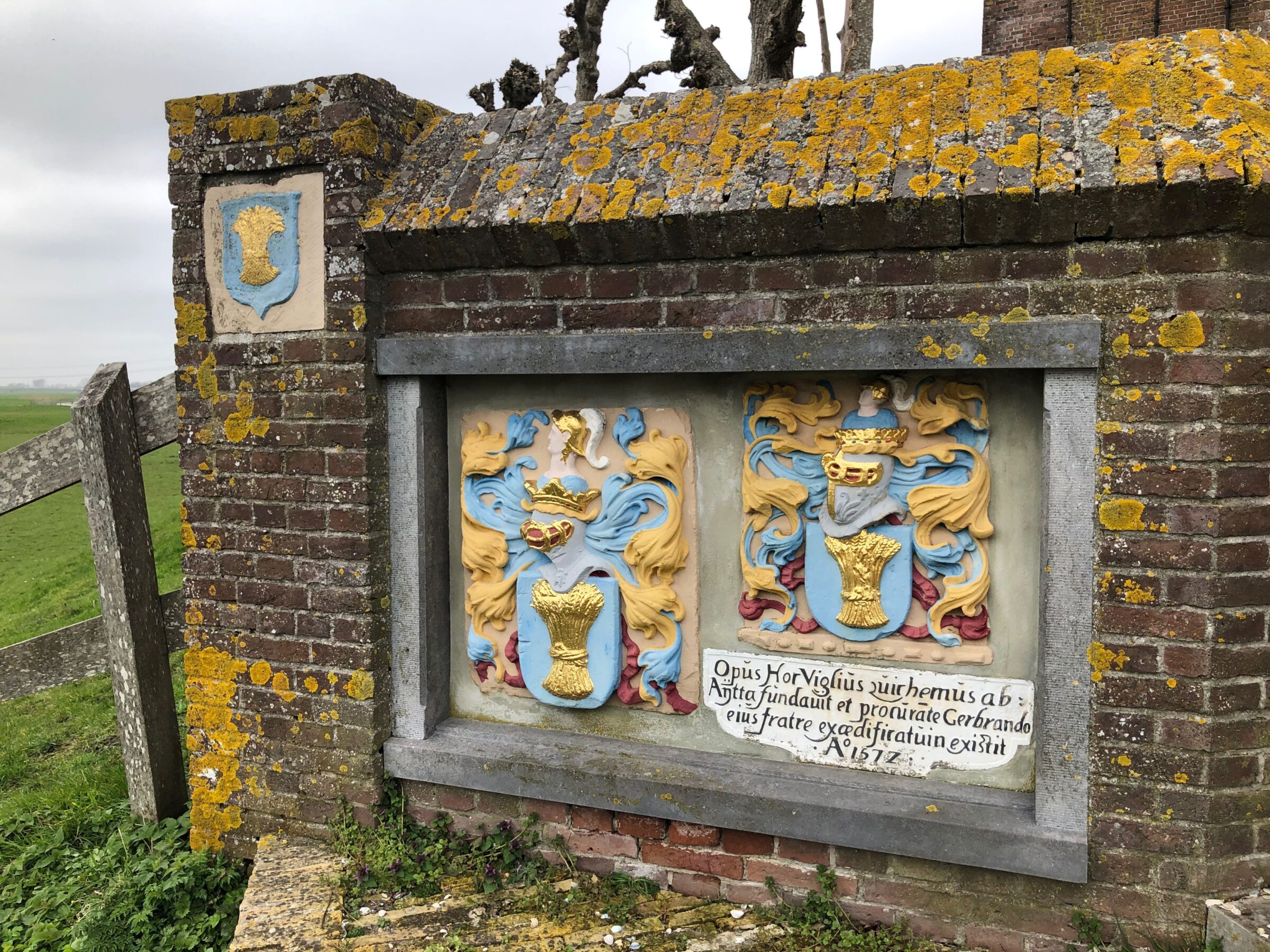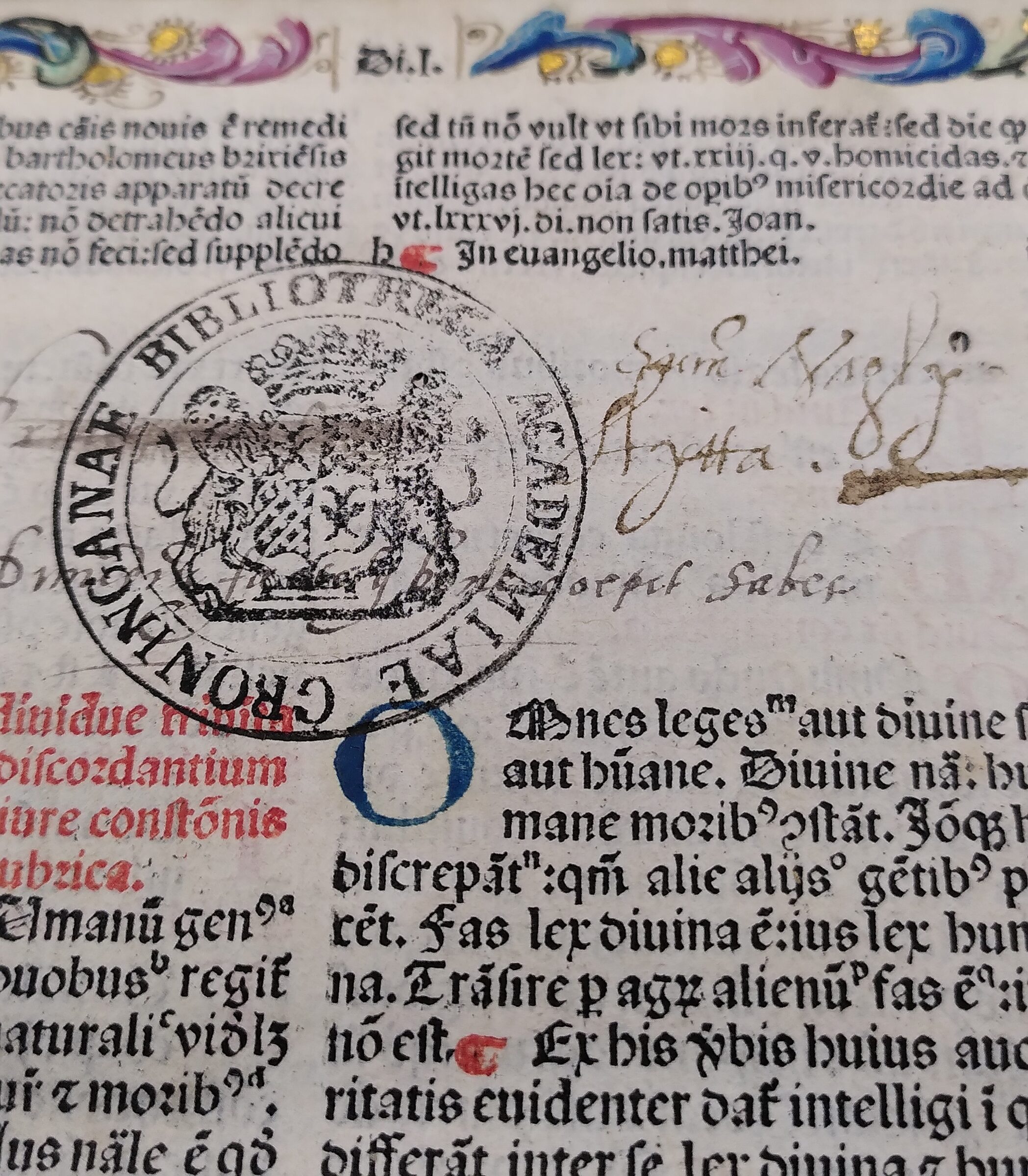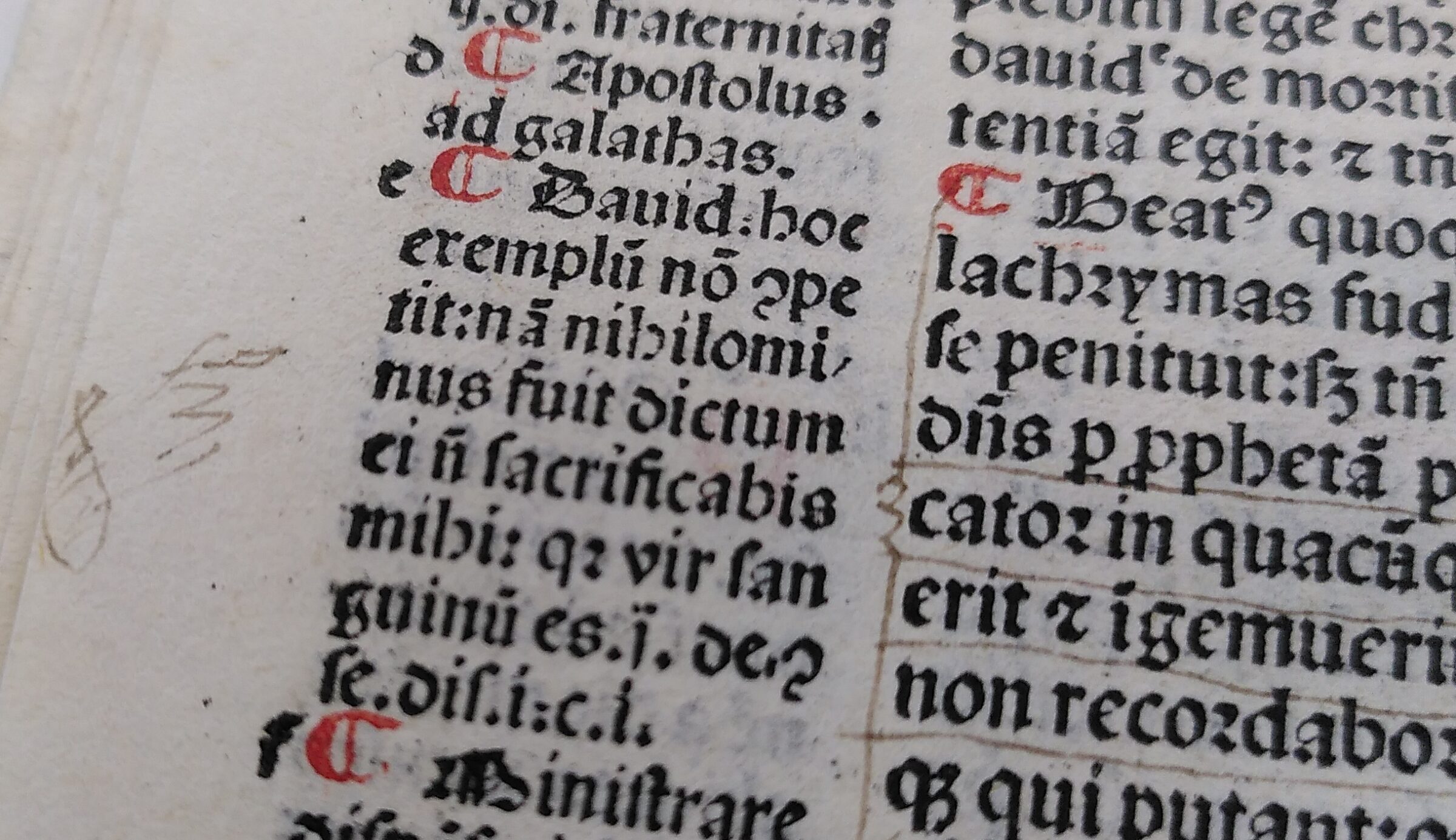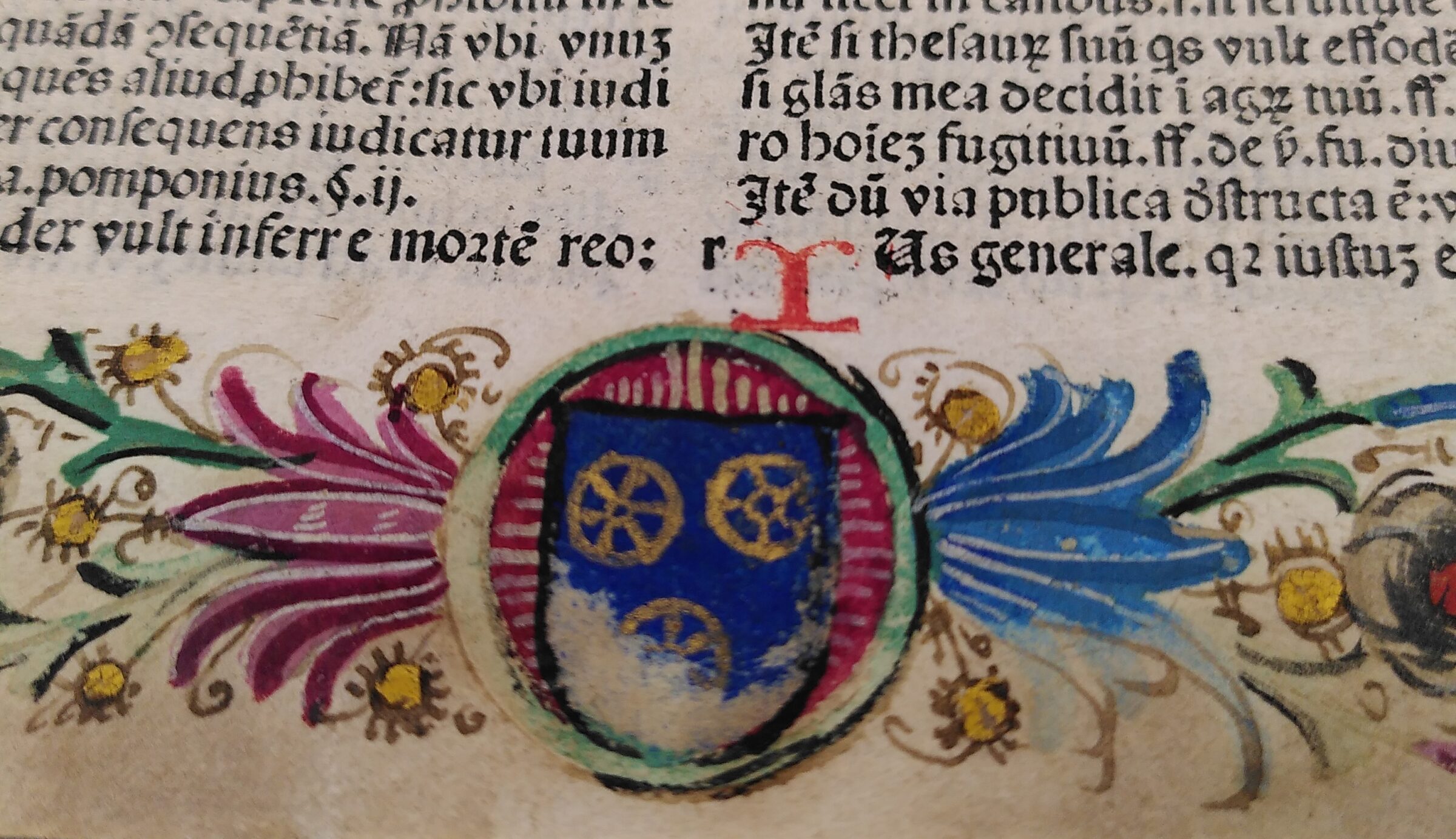Since 1867, there has been a farm at this location, but in the sixteenth century a Frisian stins could be found here: a stone building that was strong enough to be defended against intruders. Buildings like that were needed at the time, because these were turbulent times in the northern Netherlands, with frequent battles between various sides. This stins was on the Middelzeedijk, which was a critical location: this dyke was the only dry route from Leeuwarden to the south of the country. So if one group from Leeuwarden broke out towards the south, they may have found their opponents waiting for them at the end of the Middelzeedijk, and this would result in a battle.

Against this background, Wigle van Aytta (a.k.a. Viglius ab Aytta) was born in 1507 to a rich family in Wirdum near Leeuwarden. He was soon taken in by his uncle, who lived in nearby Swichum. Just in time, because the house where he was born was destroyed during a battle in 1515. Viglius’s uncle was a lawyer and Viglius decided to study law in Louvain. He went on to become a famous and powerful politician, who was mainly known for his activities abroad. He was a close personal advisor to the emperor Charles V, who appointed him president of the Privy Council at Brussels in 1549 and president of the Council of State in 1554.
Considering his education and offices, it is no surprise that Viglius owned a copy (this copy!) of an important law text that was originally written by Gratianus around 1140: the Decretum. Viglius’s copy was printed in 1486 in Venice, as is indicated on the spine of the book. Gratianus’ aim was of major importance: he wanted to solve the apparent contradictions in canon law.Hence, his text was used for centuries as an official code in courts, until 1917.

We know that Viglius ab Aytta owned this copy of the Decretum because he added his curly signature on the first page. Someone else noticed this too: Jacob Baart de la Faille from Groningen, who acquired the book in the nineteenth century. Jacob also had quite an impact on history, but on a local scale. He was one of the founders of the oldest student association in the country: Vindicat atque Polit in Groningen. He later became professor of medicine in the University of Groningen and served as its rector magnificus in 1840/1. He also became a member of the Freemasonsand was even chair of the Freemasons lodge in Groningen, the L’Union Provinciale, for eleven years. By the way, as chance would have it, the present-day Freemasons lodge in Leeuwarden is called the Loge Viglius.
Jacob Baart de la Faille was the proud owner of this copy of the Decretum in the nineteenth century. He added two notes at the beginning of the book: the first one is about the content of the book, and in the second, he mentions (in 1840) that he donates this Decretum to the University of Groningen Library and that this copy is special because it had been owned by ‘our famous’ Viglius ab Aytta.

At least one reader carefully read through this entire copy: many sentences have been underlined and there are tiny scrawly notes in the margins. Every now and then, there is a fun detail: a tiny drawing of a hand (a manicula), which points to important or interesting passages to highlight them. Is it the hand of Viglius ab Aytta?

The pages of this copy of the Decretum contain a few mysteries. On the lavishly decorated first page, for example, there is a coat of arms surrounded by curling plant patterns. The coat of arms contains three gold wheels on a blue background. Which family did it belong to? Both the Wagemans family and the Wijnbergen family have a coat of arms that is similar, but still a little different. So this image is still hiding the identity of a mysterious third owner.
Author: Kjelda Glimmerveen







